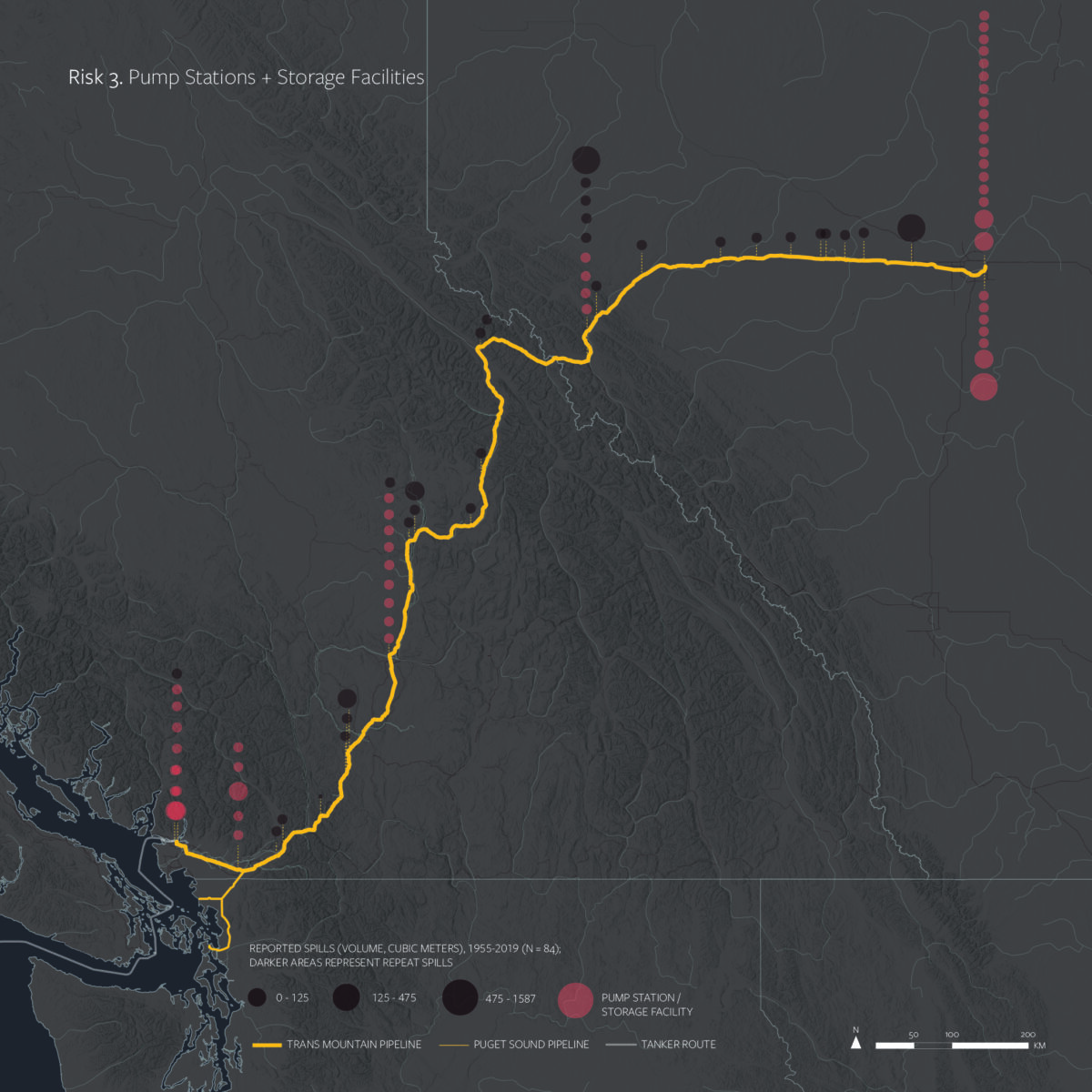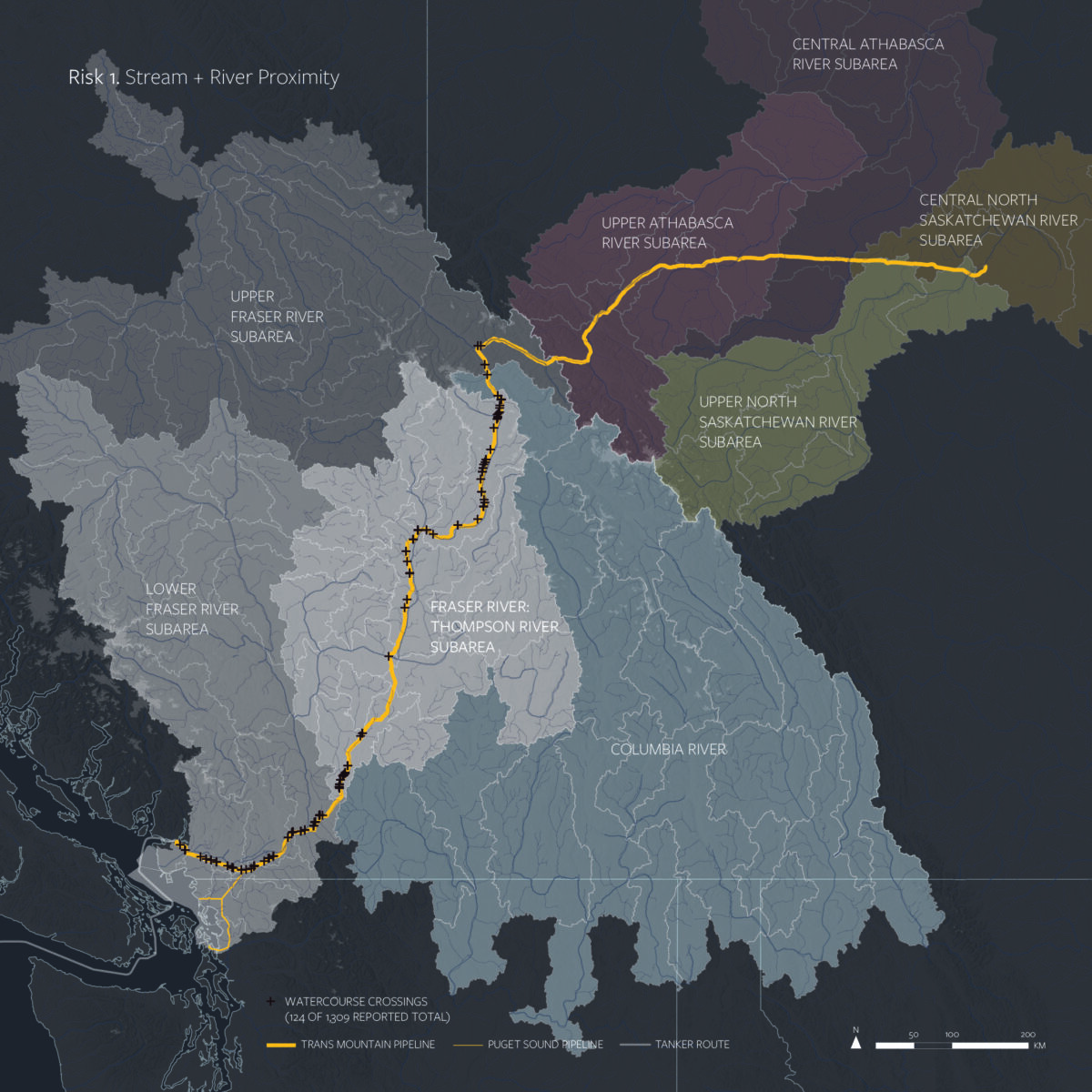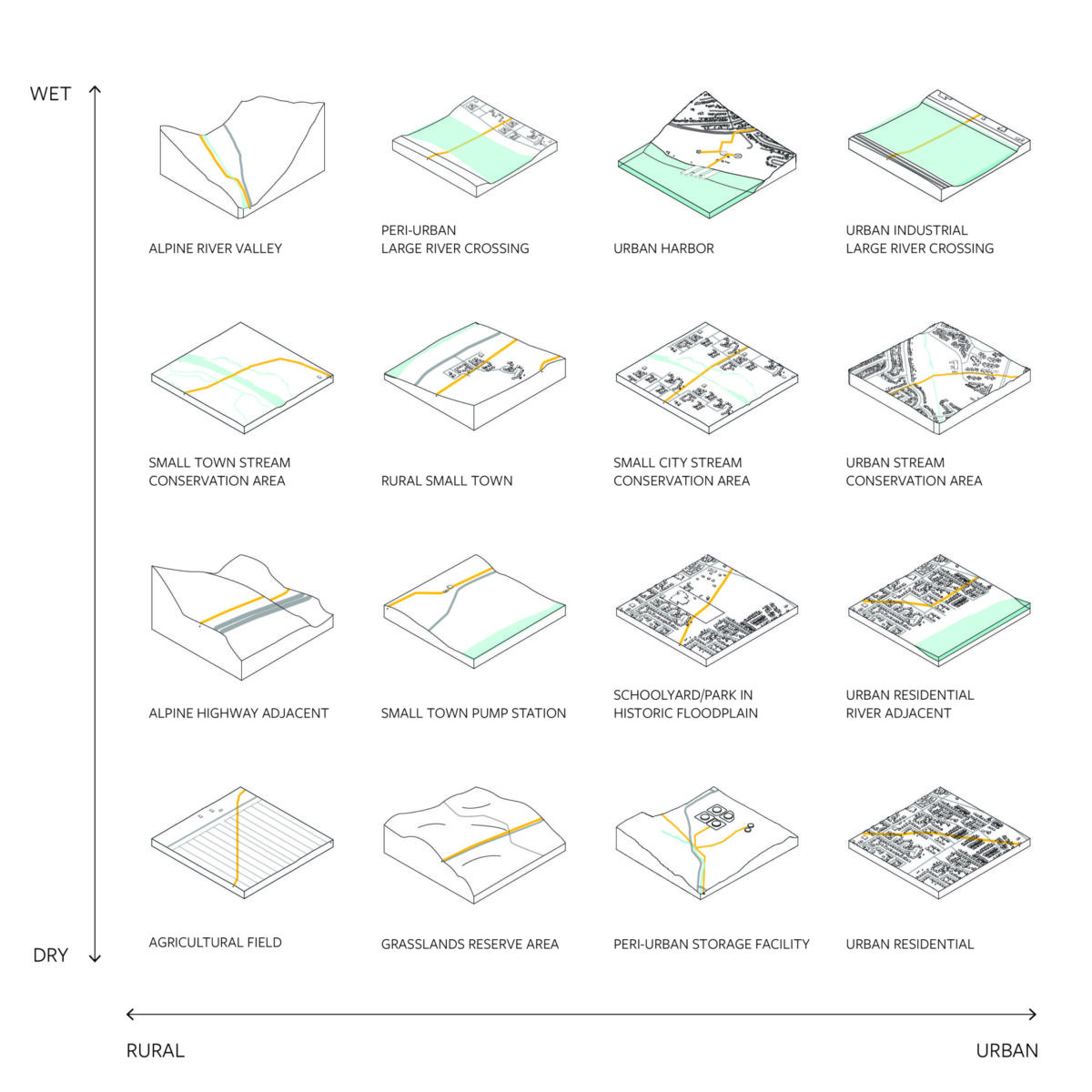How can community-based monitoring create much needed visibility and oversight of buried tar sands pipelines that traverse human and non-human communities? The Trans Mountain Pipeline conveys up to 12.6 million gallons of diluted bitumen per day from the Athabasca tar sands of Alberta to ports in Vancouver (British Columbia) and Washington State, with construction underway on a second, paralleling pipeline that triples capacity. Meanwhile, the communities through which these pipelines invisibly pass possess little knowledge about how these pipelines are monitored or the results of that monitoring, despite an extensive history of spills. This thesis imagines a landscape architecture practice that contributes to citizen science monitoring through systems thinking, community engagement, and physical design. An adaptable design framework is proposed, where a network of citizen scientists insert site-responsive interventions into the landscape, which mark pipeline, social network, monitoring activity, and data. The result is greater legibility of physical interactions between pipeline, ecologies, and human communities. This mode of landscape architecture contributes to a growing community-based movement that challenges dominant paradigms of opaque infrastructure monitoring, whereby corporate data is shrouded within what Science and Technology Studies scholar Sara Ann Wylie calls “regimes of imperceptibility.”1
See the project issuu page.
1. Sara Ann Wylie, Fractivism: Corporate Bodies and Chemical Bonds (Durham: Duke University Press, 2018), 36.




